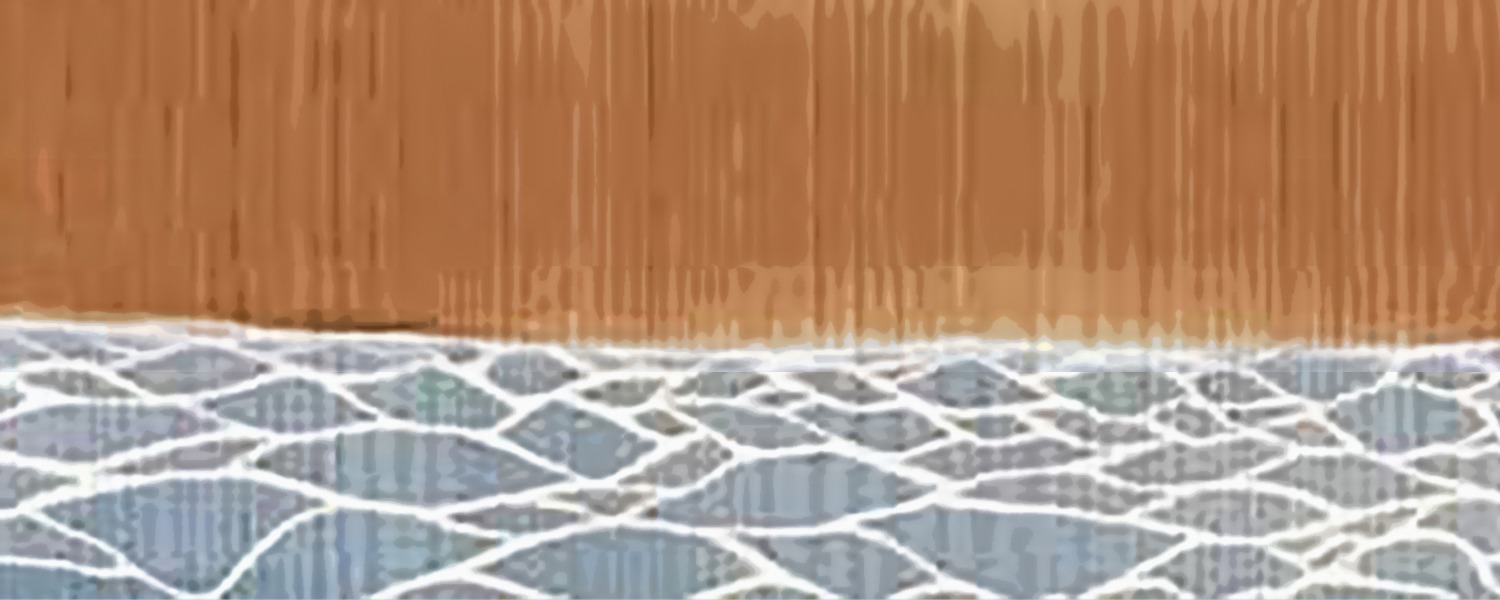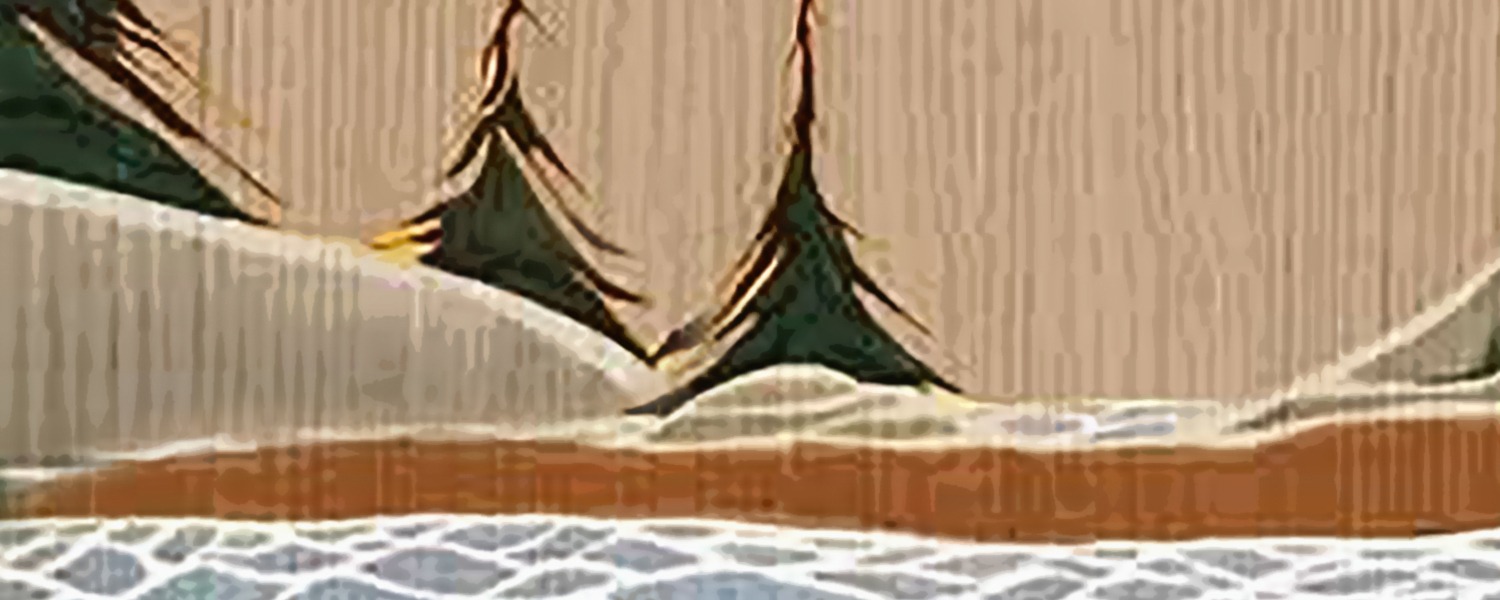
OKT is proud to announce the publication of Justified Infringement – A Minimal Impairment Approach, by OKT associate Senwung Luk, in the forthcoming edition of the Journal of Environmental Law and Practice. Senwung’s article provides a legal analysis of the legal doctrine of “infringement” of Aboriginal rights (and, specifically, Aboriginal title) and suggests a framework for dealing with Aboriginal title issues arising for current, proposed large resource development projects such as pipelines.
Canadian Courts have struggled with the doctrine of “justified infringement” since the Constitution Act confirmed the protection of existing Aboriginal and treaty rights in 1982 and the Supreme Court began to elucidate what that constitutional protection meant for legal infringement of Aboriginal rights starting with the Sparrow case in 1990.
Senwung’s article examines the legal doctrine of justified infringement in the situation of Aboriginal title, specifically. He analyses a series of Supreme Court cases (including the oft-overlooked but important Osoyoos v. Town of Oliver case), and the interplay between fiduciary doctrine and the elements of the legal test for infringement of Aboriginal rights and title.
Senwung argues that the Crown’s fiduciary obligation to Aboriginal people leads to the logical conclusion that the Crown’s infringement of Aboriginal title can only be justified where the infringement occurs only minimally (although, as Senwung points out, the ‘minimal impairment’ aspect of the legal test is often unheeded). Those looking to protect Aboriginal title rights in the Canadian common law system, Senwung suggests, should focus on the need for minimal impairment (rather than on the ‘valid legislative objective’) aspect of the infringement test. Senwung then applies this analytical framework to the situation of current proposal for major resource developments, such as pipeline projects, and suggests options for understanding what minimal infringement of Aboriginal title could look like in those situations.
Related Posts

Historic Agreement Recognizes Haida Title to Haida Gwaii
Friday, April 19, 2024
On April 14, 2024, the Haida Nation and the Province of British Columbia signed the Gaayhllxid/Gíihlagalgang “Rising Tide” Haida Title Lands Agreement. This Agreement recognizes…
Read More...
Court of Appeal for the Northwest Territories Confirms Sahtú Communities Can Manage the Harvesting of Wildlife in Their Territory
Monday, January 20, 2025
The Court of Appeal for the Northwest Territories (the “Court of Appeal”) recently released a decision that confirms that communities in the Sahtú…
Read More...
Aboriginal title can be declared over privately-owned land
Friday, November 15, 2024
The six Wolastoqey Nations in New Brunswick recently received a precedent-setting decision in their Aboriginal title claim. In Wolastoqey Nations v New Brunswick…
Read More...
